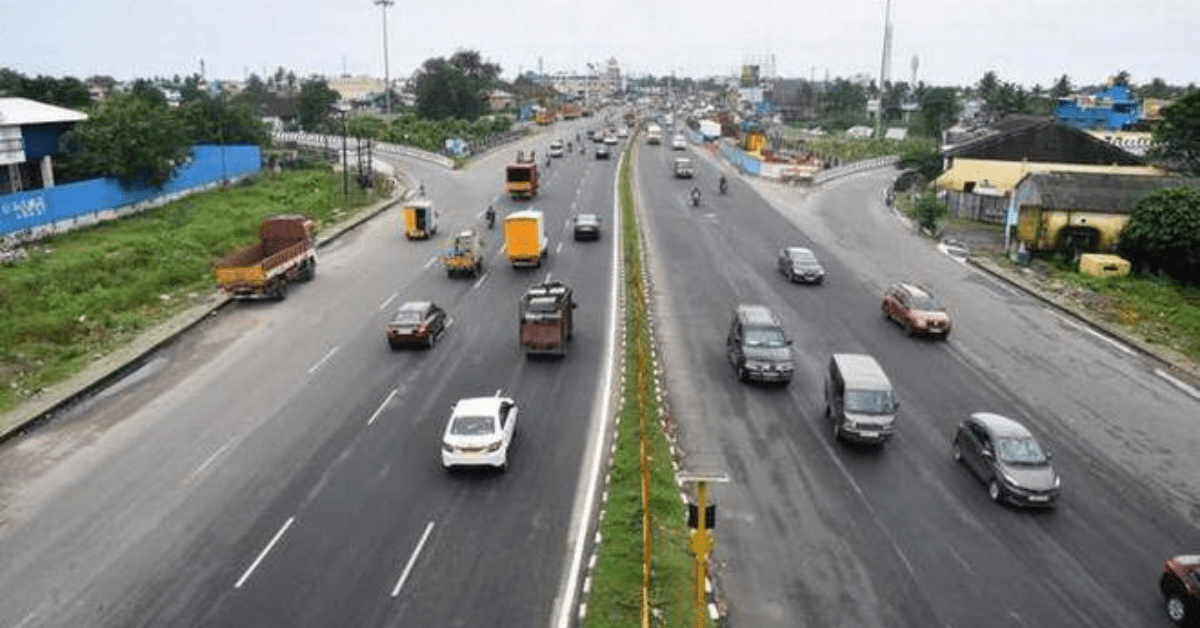Source: ET Bureau
The government is exploring policy mechanisms to capture the increase in land value resulting from road projects, including auctioning exits at greenfield expressways and ‘betterment’ levy, as it looks to ramp up funding for infrastructure creation, a senior official told ET.
In this regard, the roads ministry is studying global best practices on innovative ways of infrastructure financing, the official said, adding that a decision on which mechanism will be used will be taken after the new government takes charge.
“The thinking is part of the long-term vision of the ministry…The idea is to recover and reinvest the increase in land value along our upcoming expressways, which can be used for financing development of future infrastructure creation,” the official said. Betterment levy is a one-time charge on property owners adjacent to expressways who have benefited from government action to develop infrastructure. The charge depends on the proximity to the expressway.
Land value capture is a tool used by governments globally to generate revenue for public services. For instance, Columbia and Brazil are experimenting with betterment levy, the US and Canada are trying impact fee in some projects, while Latin America is looking at additional development rights. The governments of Japan and Germany are exploring land pooling or land readjustment.
According to Jagannarayan Padmanabhan, senior director & global head, consulting, CRISIL Market Intelligence and Analytics, ‘land value capture’ is an established way of capturing the increase in the market rate of land on account of government spending on public infrastructure, and is usually accentuated for linear infrastructure projects like roads and metro rail networks. “This is certainly doable in India. However, the challenge would be in terms of demarcating the zone as the value increase of land is higher nearer to the area of development and decreases as you move away, hence making the owners pay up in an uniform manner becomes a challenge,” Padmanabhan said. Vinayak Chatterjee, founder and managing trustee of the Infravision Foundation, said, “The various land value capture mechanisms are reasonably simple and can be easily implemented in India.” TheCentre is of the view that since the value of land near highway projects appreciates after the roads are ready, benefiting real estate companies developing those areas, it should look at ways of tapping it for bolstering public infrastructure projects. India requires more than ₹20 lakh crore by 2030 to upgrade its road infrastructure. Such a move, coupled with asset monetisation, can help reduce dependence on budget support for road projects, which is pegged at ₹2,78,000 crore for FY25.







